Daikin ARC452A2 Bruksanvisning
Daikin
Luftkonditionering
ARC452A2
Läs gratis den bruksanvisning för Daikin ARC452A2 (72 sidor) i kategorin Luftkonditionering. Guiden har ansetts hjälpsam av 22 personer och har ett genomsnittsbetyg på 4.5 stjärnor baserat på 11.5 recensioner. Har du en fråga om Daikin ARC452A2 eller vill du ställa frågor till andra användare av produkten? Ställ en fråga
Sida 1/72

MODELS
FVXS25KV1A
FVXS35KV1A
FVXS50KV1A
FVXS25RV1A
FVXS35RV1A
FVXS45RV1A
DAIKIN ROOM AIR CONDITIONER
OPERATION MANUAL
Enjoy year-round comfort.
Produktspecifikationer
| Varumärke: | Daikin |
| Kategori: | Luftkonditionering |
| Modell: | ARC452A2 |
Behöver du hjälp?
Om du behöver hjälp med Daikin ARC452A2 ställ en fråga nedan och andra användare kommer att svara dig
Luftkonditionering Daikin Manualer
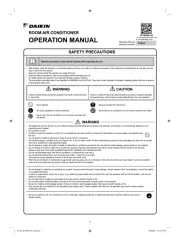
12 September 2025
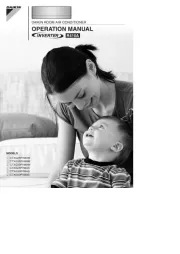
10 September 2025
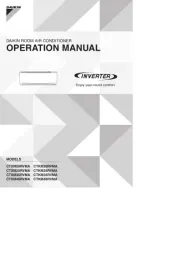
10 September 2025
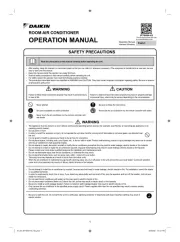
10 September 2025
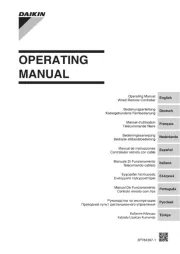
9 September 2025
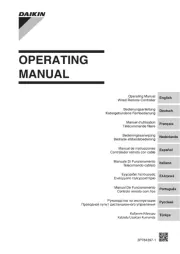
9 September 2025
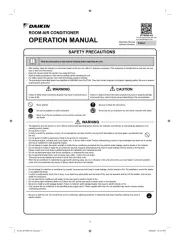
9 September 2025

9 September 2025
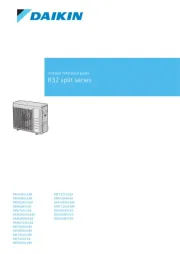
9 September 2025
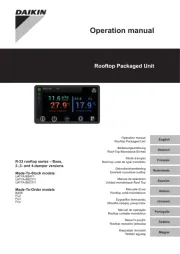
9 September 2025
Luftkonditionering Manualer
- Kaden
- Broan
- Trotec
- Sanus
- Sinclair
- EcoFlow
- Proline
- Ausclimate
- KwiKool
- Thermia
- Clatronic
- Craftsman
- Mitsubishi
- Moa
- Aertesi
Nyaste Luftkonditionering Manualer
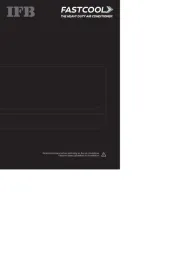
20 Oktober 2025
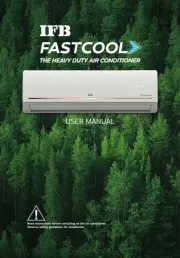
20 Oktober 2025
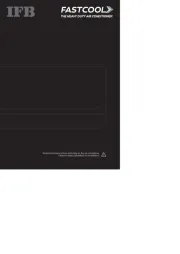
20 Oktober 2025
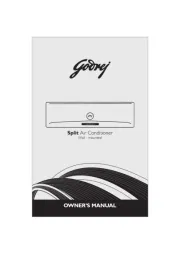
19 Oktober 2025
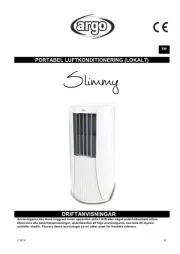
17 Oktober 2025
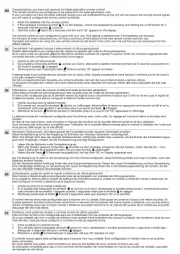
17 Oktober 2025
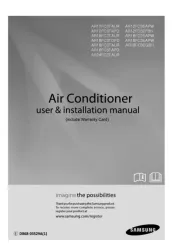
16 Oktober 2025
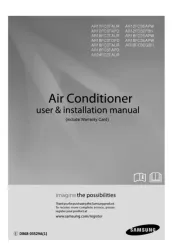
16 Oktober 2025
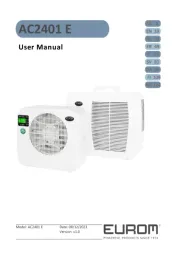
16 Oktober 2025
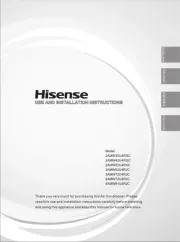
13 Oktober 2025